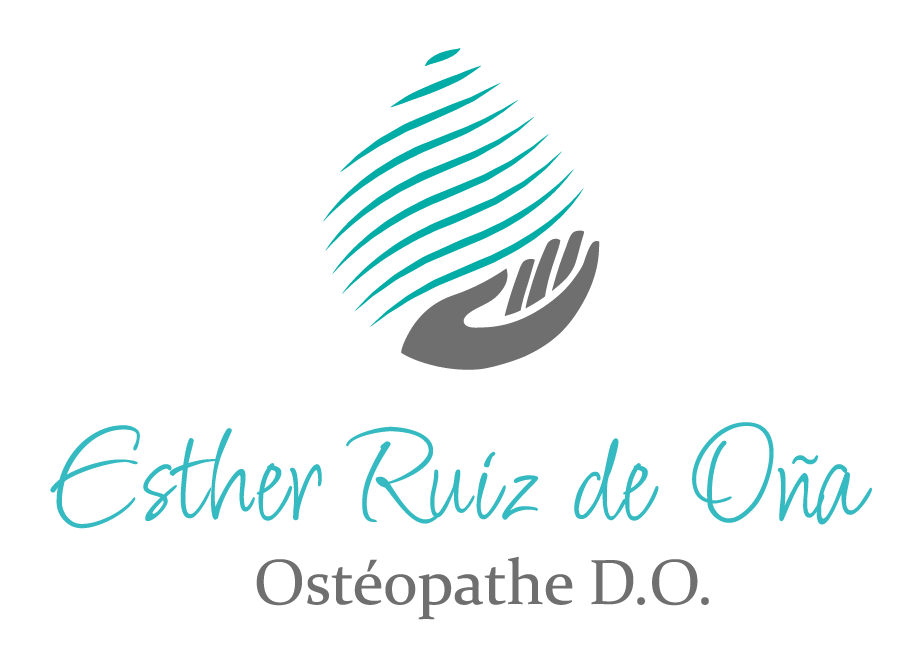For everyone, including babies, children, pregnant women and aged people.
What is osteopathy?
- Osteopathy was founded by Andrew Tailor Still in 1874 in the United States.
- It is considered a discipline that understands health from the globality of the organism. It keeps the integrity of the body, mind and spirit.
- Osteopathy searches for the CAUSE, not the SYMPTOM.
- It tries to reestablish the functional balance of the organism using manual techniques through different treatment models.
It aims to restore the movement of all systems, thanks to their own self-regulation and self-healing.
For whom is osteopathy recommended?
The three branches of osteopathy
Structural osteopathy focuses on a physical, material and visible body. It mainly addresses dysfunctions of the musculoskeletal system for diagnosis and treatment.
One of the principles of structural osteopathy is the direct relationship between the structure itself and its functionality. A restriction or change in the structure will eventually compromise that function.
Visceral Osteopathy focuses on the treatment of the organs and viscera of the thoracic and abdominal cavity. More subtle, soft and indirect techniques are used. By feeling and following the ease of weaving. Within this model, we enter into a more fluidic dimension, integrating the Autonomic Nervous, Vascular, Circulatory and Digestive systems.
Cranial Osteopathy is based on a series of rhythmic and balanced pulsations called “Primary Respiratory Mechanism“. We perceive this mechanism thanks to the fluids in our body, such as the CSF (cerebrospinal fluid) that surrounds our CNS (brain and spinal cord).
The purpose of this therapeutic model is to find a new dynamic balance so that the organism reaches a global health and harmony balance. Boosting energy levels and reducing fatigue caused by the body’s adaptations.
Stillness and silence connect us with a slow and deep rhythm called the TIDE.
OUR EXPERTISE
Biodynamic Osteopathy
It is a perceptive and sensitive treatment approach that tries to get closer to the patient’s INTEGRAL HEALTH. It considers the organism as a totality with the capacity to self-regulate and interact with the ENVIRONMENT. It assumes the recognition of the existence of FORMATIVE FORCES OF LIFE (embryological forces).
Thanks to this treatment approach, we will achieve a rebalancing and a re-information of the different body systems (autonomic nervous system, immune, endocrine, vascular, respiratory, musculoskeletal). This generates a change in the anatomical structures and an optimal physiological response in our organism.
A response of well-being and serenity is induced in the human body. And the patient has a feeling of lightness, a sense of relaxation in the body, his breathing is deeper and his energy level increases.
Dysfunctions treated by osteopathy
- Dizziness
- Migraines
- Insomnia
- Hormonal axis imbalance (painful periods, amenorrhea, menopause, infertility, thyroiditis)
- Attention deficit
- Irritable bowel syndrome
- Dyspepsia
- TMJ (temporomandibular disorder)
- Stress Axis (Hypothalamus-Pituitary-Adrenal)
- Allergies
- Structural dysfunctions
- Postpartum
- Joint pain
- Back pain (cervical pain, dorsalgia, lumbago)
- Tinnitus
- Chronic fatigue
- Asthma
- Emotional problems
- Learning difficulties in children
- Among many others
FAQ
What is the difference between physiotherapy and osteopathy?
- The physiotherapist focuses on treating the injured area or region, while the osteopath approaches the body holistically with the goal of finding the origin or cause of the injury.
- In addition, while the osteopath uses only his hands as a working tool, the physiotherapist, in addition to his hands, uses different electrotherapy devices.
What happens to the body after an osteopathic session?
- It is very common to feel tired or without energy right after an osteopathic treatment.
- Many patients experience stiffness or some discomfort in other areas of the body.
- The reason is that the body adapts to its new balance and requests other parts of the body to maintain it. This requires its own internal energy to do so.
- Thus, physical rest is recommended after a session to let the body do its work.
Is Osteopathy reimbursed by the CNS?
- Osteopathy is recognized by the Ministry of Education in the Grand Duchy of Luxembourg, unlike in other countries such as Spain.
- But it is still a discipline that is not reimbursed by the CNS.
- The patient who has a private or mutual insurance can normally benefit from the reimbursement of the osteopathy session up to 80%.




